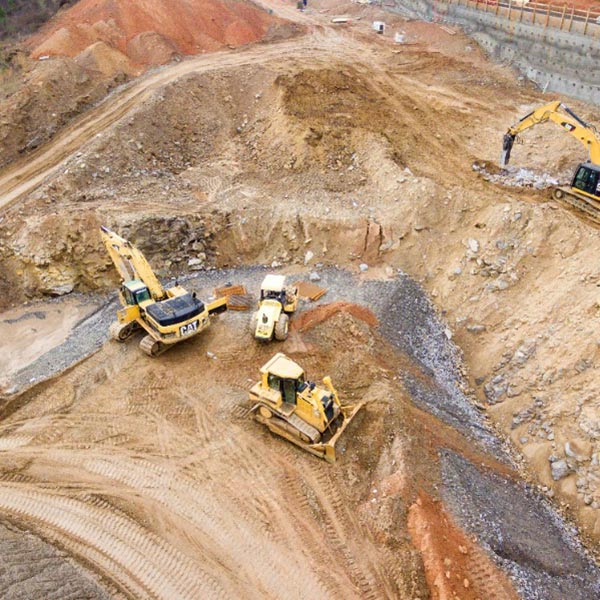Understanding Backflow Prevention: What You Need to Know

Hey 707, this is Matt from 707 Plumbers. I hope you’re doing well! Today, I want to talk about an important topic that many homeowners in our area will be dealing with—backflow prevention. If you’ve recently received a notice about testing or replacing your backflow prevention device, this blog is for you.
What is Backflow Prevention?
Backflow prevention devices are crucial components of your plumbing system designed to keep your water supply safe. They prevent contaminated water from flowing backward into the clean water supply. This is especially important if you have a well, fire sprinkler system, or if your property has been part of a rebuild, such as in Coffee Park.
The Types of Backflow Prevention Devices
There are a few different types of backflow prevention devices, and it’s important to know which one you have:
- Above-Ground Models: These are the more traditional or older versions of backflow prevention devices. They’re typically installed above ground, within about 12 inches of your water meter. You might recognize them by the blanket or lock that covers them. These devices need to be tested yearly to ensure they’re functioning properly. They’re often referred to as double check valves, dual check valves, or dual backflow prevention devices.
- Below-Ground Models: While this blog focuses on above-ground models, it’s worth noting that there are also backflow prevention devices designed for below-ground installation. However, the principles of maintenance and testing apply similarly.
- Non-Testable Versions: During the rebuilds in areas like Coffee Park, a different type of backflow prevention device was allowed. These are non-testable versions that need to be replaced every five years rather than tested annually. They’re generally less expensive upfront but don’t have the same ports for testing as the traditional models. If you received a notice, it’s possible you’re approaching the five-year mark and will need to replace this device soon.
Why is Backflow Prevention Important?
Backflow prevention is a critical safety measure to protect your drinking water from contamination. For instance, when homes with wells switch to city water, there’s a potential for the mixing of different water sources, which could introduce contaminants into the public water supply. By installing a backflow prevention device, you ensure that water flows in only one direction—from the city supply into your home—without any risk of backflow.
This is also important for homes with fire sprinkler systems. The city requires that any potential cross-connection between different water supplies be mitigated with a backflow prevention device.
What to Do If You Receive a Notice
If you’ve received a notice about backflow prevention, it’s likely time to either test or replace your device. For most above-ground models, this means scheduling an annual test to ensure everything is working correctly. If you have the non-testable version installed during the Coffee Park rebuild, you may need to replace it soon.
If you’re unsure about what you need to do or if you need help with installation, don’t hesitate to reach out to us at 707 Plumbers. We’re here to help you navigate the requirements and ensure your backflow prevention device is functioning as it should.
Final Thoughts
Backflow prevention may not be something you think about every day, but it plays a vital role in maintaining the safety and quality of your water supply. Whether you’re dealing with a traditional above-ground model, a below-ground version, or one of the newer non-testable options, it’s essential to stay on top of maintenance and replacement schedules.
If you have any questions or need assistance with your backflow prevention device, give us a call. We’re here to help ensure your water stays clean and safe.
Thanks for reading, and have a great day!
Matt, 707 Plumbers
Your Local Plumbing Experts
